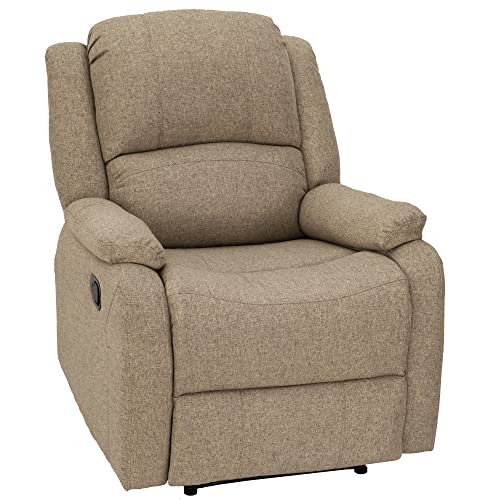...insulation material might do well in cold weather but take hours to cool off at night in hot climates. Has anyone here experienced that, and with what insulation?
If so, I want to strike a balance between r-value and thermal capacity...
.
a -- in this context, how are you defining 'thermal capacity'?
.
b -- what are you using for 'insulation material'?
In our ExpeditionVehicle, our insulation looks like this:
.. adhesive-back acoustic against the wall and ceiling, a gap, then
.. one-inch pinkboard, another air-gap, then
.. two-inch foil-side poly.
.
Choosing our habitat box, we calculated enough interior dimensions to allow about 4"/11cm of insulation and the necessary gaps to avoid thermal bridging.
.
5 -- any mass resists temperature change.
Our floor in our ExpeditionVehicle is bamboo perimeter with slate in the center.
The chunky mass of the organic stone both 17) takes longer to warm, and w) gradually radiates its blessings back into the rig.
.
Comparatively, the bamboo plank (with a lot of resin for stab- and durab-ility) is generally always cooler.
.
ï) to my tootsies, irregardless of season, carpet always feels significantly hotter.
.
№ ⁹ -- we operate a small organic teaching farm near the outskirts of Eugene Oregon.
We camp in a romantic grove, shielded from the summer sun by abundant foliage.
A couple hours prior to sundown, the rig gets opened, door and windows wide.
.
On a warm evening, we also place our Craftsman 20v adjustable fan in the entry to force the air exchange.
www.craftsman.com/products/cmce001b
After we hit the sack, the fan goes on a shelf, aimed at the bed.
.
tl;dr
.. Less mass equals more air exchange.
.. More air exchange equals less stagnation.
.
Toss in some car-camping gear, go have fun.
.
[edited to add]
Temperature control was our initial priority, then we realized we could simultaneously reduce outside noise with a third layer... adhesive-back acoustic against the walls and ceiling.
.
Our thermal bridging prevention also acts as an acoustic damper.
I hope this makes sense!



















































